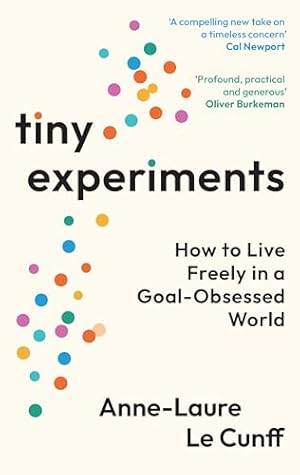More on this book
Community
Kindle Notes & Highlights
Started reading
March 12, 2025
Life wasn’t terrible, but it wasn’t great, either.
We are told that success is the result of extraordinary gifts or exceptional grit. But rather than some innate quality or the single-minded pursuit of a big dream, endless curiosity is what enabled Amelia Earhart to
discover her path.
She saw “liking to experiment” as a common thread driving her actions in life—“the something inside me that has ...
This highlight has been truncated due to consecutive passage length restrictions.
We were all born with this sense of adventure. It’s in children’s nature to experiment and explore the
unknown. They learn first and foremost through movement, which is considered the foundational skill for developing emotional, cognitive, and social skills. Children collect and connect information by constantly scouting their environment. They try activities beyond their capabilities, they attempt to predict the effects of their actions, and they keep asking “Why?”—in fact, children ask more than a hundred questions per hour on average. By failing fast and often, they learn from every experience to propel themselves forward. Children are insatiable adventurers.
This common shift from boundless curiosity to narrow determination is at the heart of why the traditional approach to goals keeps on letting us down;
it impedes our creativity and prevents us from seeing and seizing new opportunities.
“Let all your efforts be directed to something, let it keep that end in view,”
“First say to yourself what you would be, and then do what you have to do.”
throwing darts without a target to aim at.


